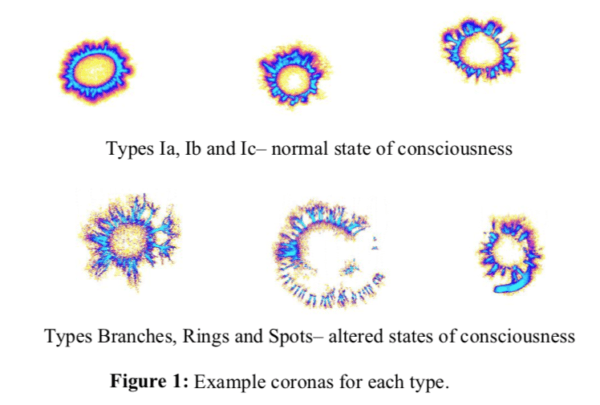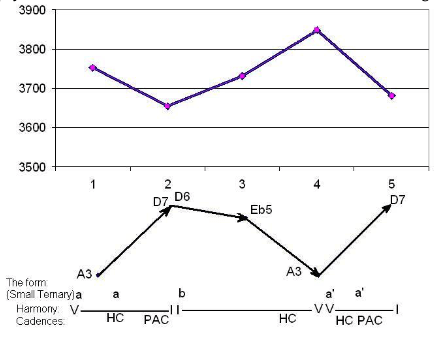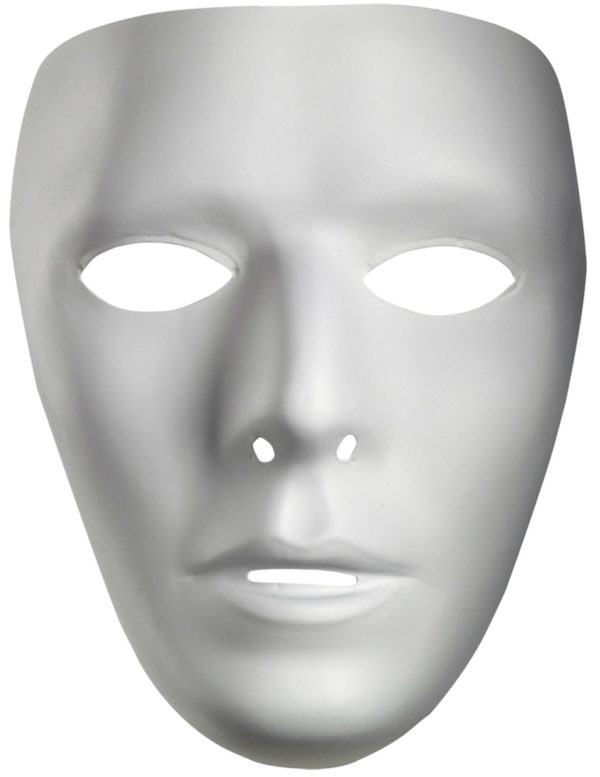Human Light System
Human Light System
IUMAB Research Project
Since 2012
Human Light System – information transfer using electromagnetic waves (Light) through liquid (Water)
HLS Online Course
experimental 5 years online course
HLS Series – tv series by Kirill Korotkov
Major Biological system:
Circulatory system: pumping and channeling blood to and from the body and lungs with heart, blood, and blood vessels.
Digestive System: digestion and processing food with salivary glands, esophagus, stomach, liver, gallbladder, pancreas, intestines, rectum, and anus.
Endocannabinoid system: neuromodulatory lipids and receptors involved in a variety of physiological processes including appetite, pain-sensation, mood, motor learning, synaptic plasticity, and memory.Endocrine system: communication within the body using hormones made by endocrine glands such as the hypothalamus, pituitary or pituitary gland, pineal body or pineal gland, thyroid, parathyroids, and adrenals or adrenal glands
Integumentary system: skin, hair and nails
Immune system: the system that fights off disease; composed of leukocytes, tonsils, adenoids, thymus, and spleen.
Lymphatic system: structures involved in the transfer of lymph between tissues and the blood stream, the lymph and the nodes and vessels that transport it.
Musculoskeletal system: muscles provide movement and a skeleton provides structural support and protection with bones, cartilage, ligaments, and tendons.
Nervous system: collecting, transferring and processing information with brain, spinal cord and nerves
Reproductive system: the sex organs; in the female; ovaries, fallopian tubes, uterus, vagina, mammary glands, and in the male; testicles, vas deferens, seminal vesicles, prostate, and penis.Respiratory system: the organs used for breathing, the pharynx, larynx, trachea, bronchi, lungs, and diaphragm.
Urinary system: kidneys, ureters, bladder and urethra involved in fluid balance, electrolyte balance and excretion of urine.
Vestibular system: contributes to our balance and our sense of spatial orientation.
Human Light System: information transfer using electromagnetic waves – Light.
http://www.humanlightsystem.org/
More info on Human Light System website
Stress, Bioenergy Disruptions, Telomeres Shortening
Stress, Bioenergy Disruptions, Telomeres Shortening
Pradeep B. Deshpande1 Konstantin Korotkov2, and James P. Kowall3
Dr William Tiller
Dr William Tiller Dr William Tiller has spent over a decade on a theory that others are now calling the Tiller-Einstein Model of Positive – Negative Space/Time. Richard Gerber calls it the Tiller-Einstein Model because it’s insights are basic to the Einsteinian equation relating energy to matter from which it is derived. The most familiar … Read more
Innovation Technology on Paralympic Sport
Innovation Technology of Evaluation of Adaptation of Paralympic athletes to High Altitudes and Its Relation to the Properties of the Nervous System
Alexander Drozdovski*; Irina Gromova* ; Konstantin Korotkov**, Oleg Shelkov**
* Paralympic Team of Russia, Moscow, Russia.
**Saint Petersburg Federal Research Institute of Physical Culture and Sport; St. Petersburg, Russia.
DIFFERENT TYPES OF CORONAS AND MACHINE LEARNING
CLASSIFICATION OF DIFFERENT TYPES OF CORONAS USING PARAMETRIZATION OF IMAGES AND MACHINE LEARNING
Igor Kononenko, Matjaz Bevk, Sasa Sadikov, Luka Sajn
University of Ljubljana, Faculty of Computer and Information Science,
Ljubljana, Slovenia
BIOELECTROGRAPHY OF MUSICAL ENVIRONMENT
ESSAY IN BIOELECTROGRAPHY OF MUSICAL ENVIRONMENT
Khannanov* I., Korotkov** K., Orlov** K.
*John Hopkins University;
** SPb University
GDV APPLICATION IN ONCOLOGY
THE GDV TECHNIQUE APPLICATION IN ONCOLOGY
Gagua PO, Gedevanishvili EG, Georgobiani LG, Kapanadze A., Korotkov KG, Korotkina SA, Achmeteli GG, Kriganivski EV.
Abstract
Direct Vision Phenomenon
Bioelectrographic Correlates of the Direct Vision Phenomenon
KONSTANTIN G. KOROTKOV, Ph.D.,1–3 PAVEL V. BUNDZEN, M.D., Ph.D.,4 VJACHESLAV M. BRONNIKOV, Ph.D.,5 and LUBOV U. LOGNIKOVA5





